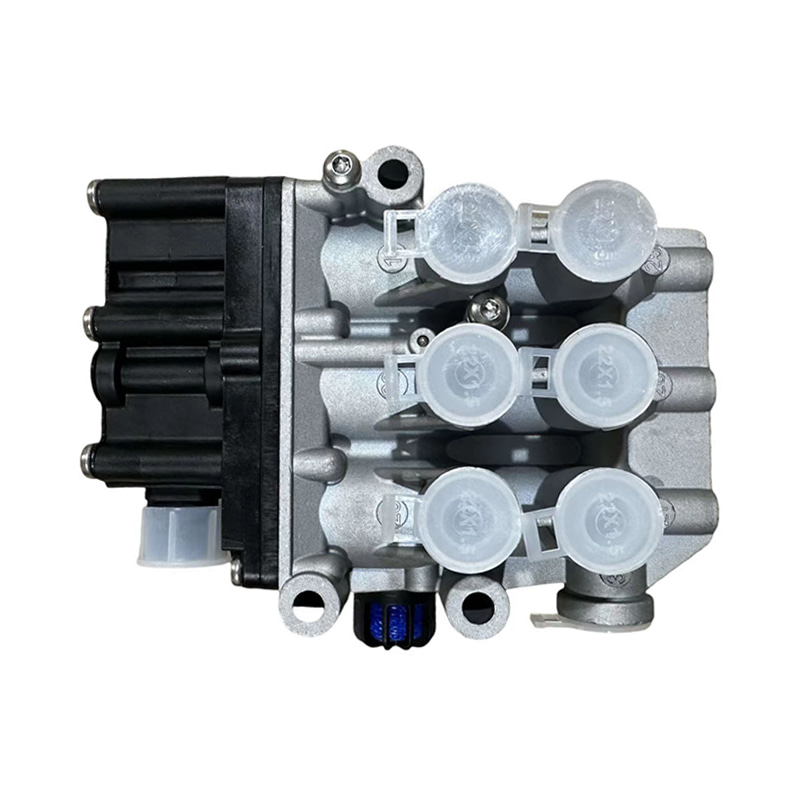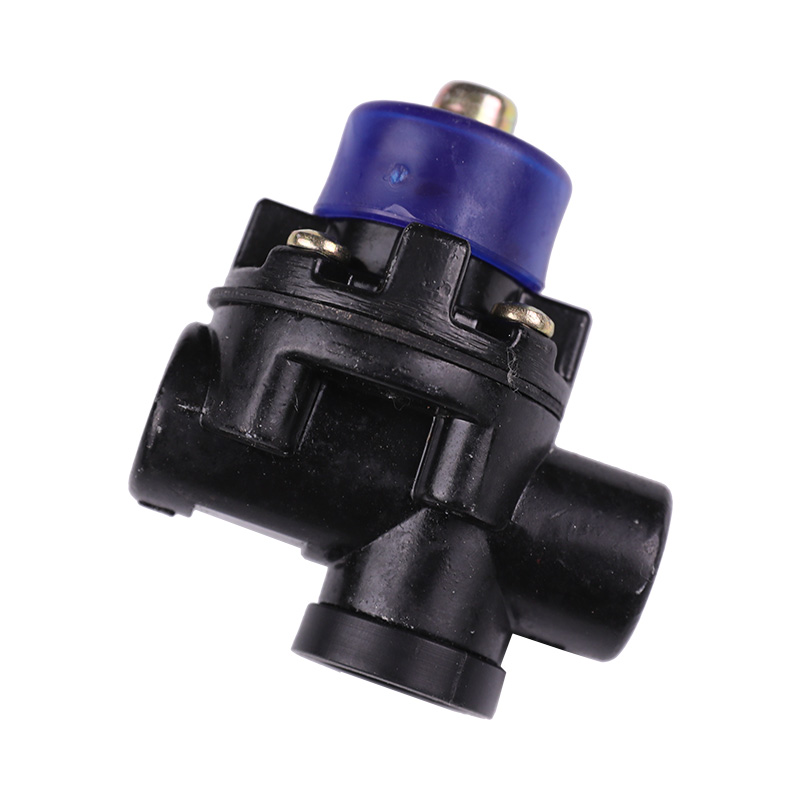When selecting and installing Truck Gearbox Valve, it is necessary to first accurately verify its model and verify the relevant technical parameters. The valve bodies equipped with different types of transmissions have significant differences in structure, interface, electronic control configuration and internal hydraulic channel layout. Therefore, it is necessary to ensure complete consistency between the valve body and the equipped vehicle model and transmission type according to the technical specifications provided by the transmission manufacturer and vehicle manufacturer. The detailed verification should cover key details such as the number of solenoid valves, control pin arrangement, pressure sensor specifications, oil circuit interface size and installation hole position. At the same time, combine technical documents to confirm the version number and update status of the product to ensure that it meets the project requirements and avoid the risk of post-installation functional failure due to component mismatch.
On this basis, it is also crucial to conduct a preliminary evaluation of the appearance and function of the transmission valve. If the collision, pollution or sealing aging may occur during transportation and storage, if not discovered in time before installation, it may cause serious hidden dangers to subsequent use. Therefore, it is necessary to focus on checking whether there are mechanical damage on the surface of the valve body, peeling the coating or deformation of the aluminum parts. At the same time, it is necessary to confirm the integrity of the solenoid valve wiring harness plug, check whether there is oxidation at the contacts, and ensure that the sealing ring is complete and has good elasticity. In addition, the confirmation of factory self-inspection marks, including functional qualification labels, anti-counterfeiting identification codes, factory inspection reports and shipment batches, can effectively ensure that the selected valve body undergoes strict quality control procedures and complies with the original factory standards.
Thorough cleaning and protective treatment is essential before installation. The internal structure of the transmission valve is extremely complex, containing a large number of micron-scale channels and valve core chutes, and is extremely sensitive to foreign matter particles. Any entry of sludge, dust, metal chips or moisture may cause serious consequences such as jamming, blockage or seal damage. Therefore, before assembly, fiber-free wiping material and neutral cleaning liquid must be used to fully clean the valve body surface and installation area, and effectively seal and dust-proof protection of the oil circuit interface inside the valve body. If conditions permit, operations should be carried out in a station or clean room with a clean level meeting the cleanliness, and operators should be required to wear anti-static gloves and special work clothes to prevent the transfer of pollution sources.






